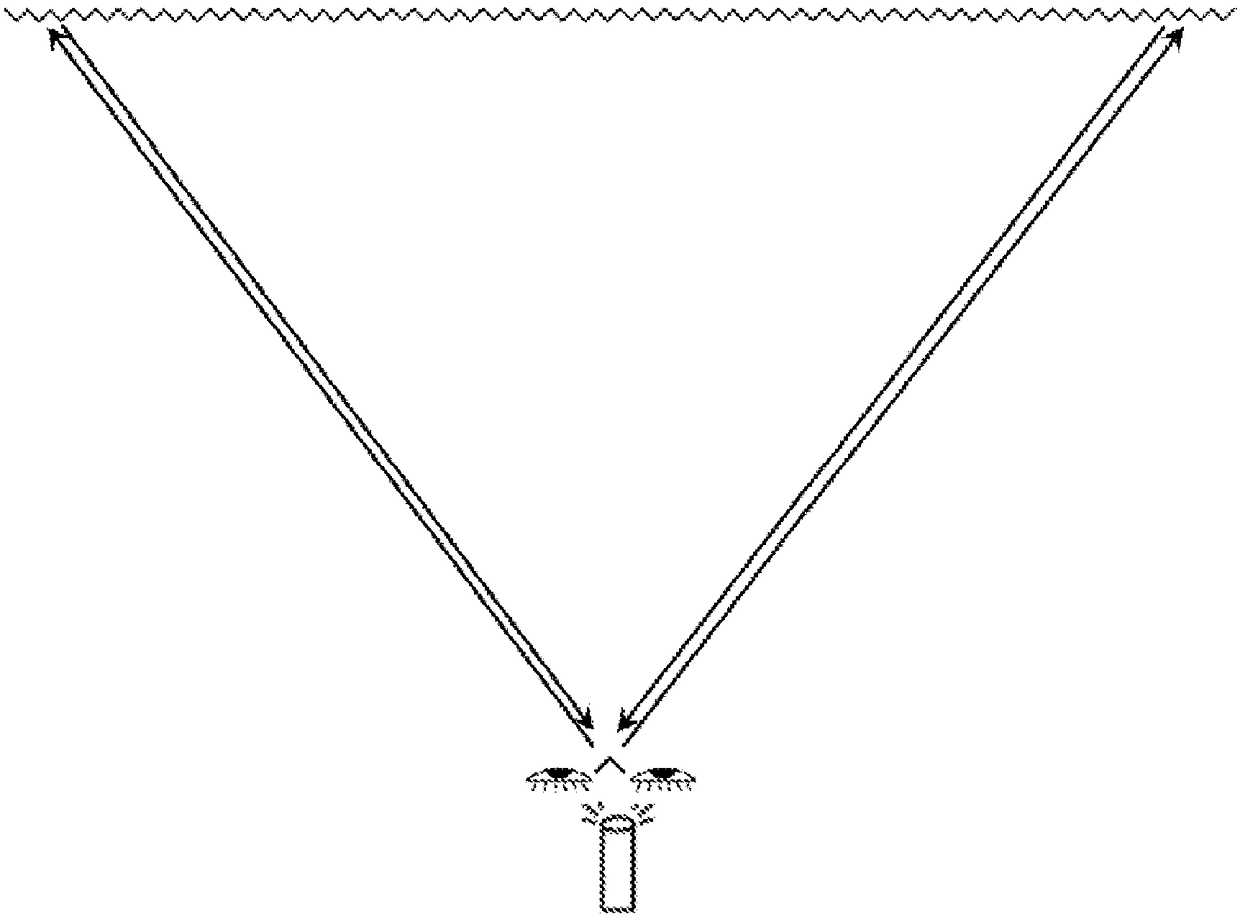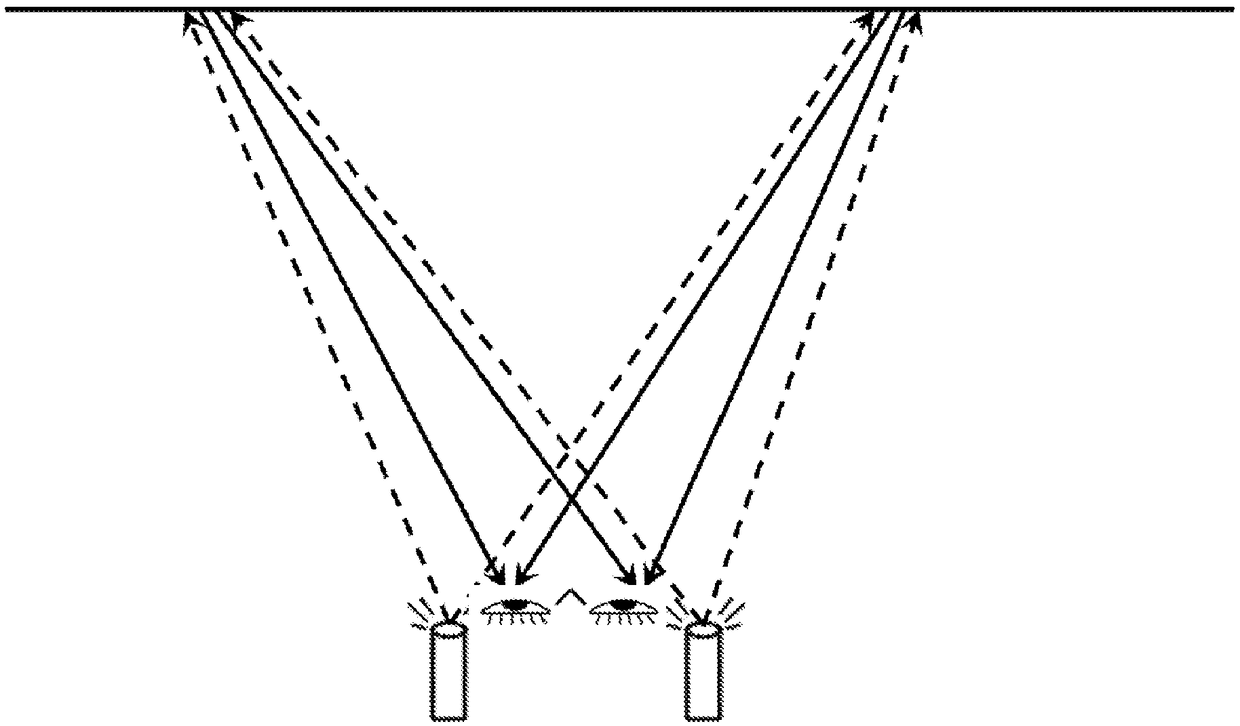Methods for system layout optimization for retro-reflective based display systems
A display system, retro-reflection technology, applied in stereo systems, instruments, projection devices, etc., can solve problems such as difficulty in obtaining screen size, increase in projector noise, and decrease in screen brightness.
- Summary
- Abstract
- Description
- Claims
- Application Information
AI Technical Summary
Problems solved by technology
Method used
Image
Examples
Embodiment Construction
[0034] While various embodiments of the invention have been shown and described herein, it would be obvious to those skilled in the art that such embodiments are provided by way of example only. Numerous variations, changes, and substitutions will occur to those skilled in the art without departing from the invention. It should be understood that various alternatives to the embodiments of the invention described herein may be employed.
[0035] As used herein, the term "retroreflective" (also referred to herein as "retroreflective" or "retroreflective" or simply "RR") generally refers to a device or device that reflects light back to its source with minimal light scattering. surface. In a retroreflective screen, electromagnetic waves are reflected back along a vector parallel to but opposite to the direction of the wave source. Retroreflective screens comprise a retroreflective surface composed of many small individual corner cube reflective elements or other RR elements suc...
PUM
 Login to View More
Login to View More Abstract
Description
Claims
Application Information
 Login to View More
Login to View More - R&D
- Intellectual Property
- Life Sciences
- Materials
- Tech Scout
- Unparalleled Data Quality
- Higher Quality Content
- 60% Fewer Hallucinations
Browse by: Latest US Patents, China's latest patents, Technical Efficacy Thesaurus, Application Domain, Technology Topic, Popular Technical Reports.
© 2025 PatSnap. All rights reserved.Legal|Privacy policy|Modern Slavery Act Transparency Statement|Sitemap|About US| Contact US: help@patsnap.com



